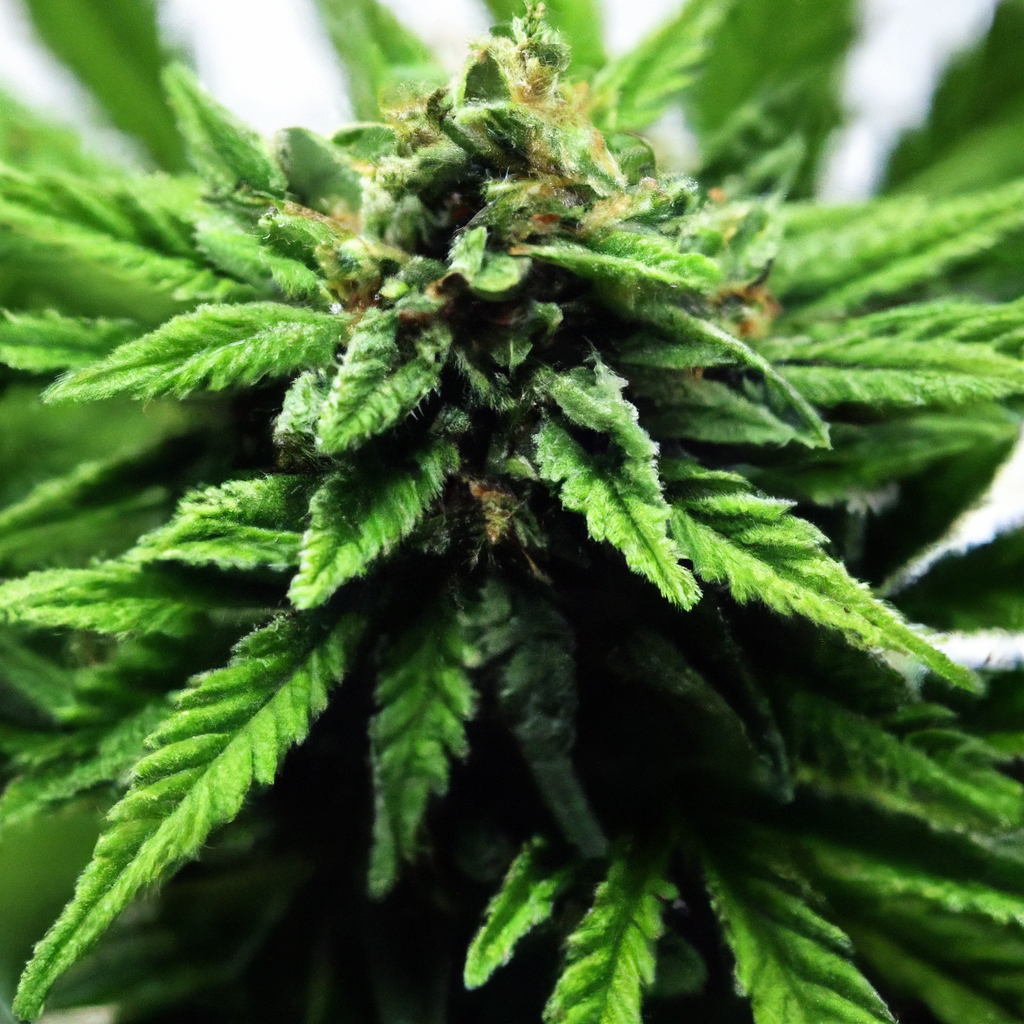Your cart is currently empty!
Growing cannabis is an art and science, combining environmental factors, plant physiology, and human expertise to cultivate healthy, high-yield plants. One critical element of successful cultivation is understanding the nuances of nutrient absorption. In this article, we’ll explore practical tips to optimize nutrient uptake, overcome common challenges, and ensure your cannabis plants thrive.
1. Understanding Plant Nutrient Requirements
Cannabis plants require a balanced diet of macronutrients and micronutrients to grow successfully. Key macronutrients include nitrogen (N), phosphorus (P), and potassium (K), often abbreviated as NPK. Micronutrients, although needed in smaller quantities, are equally vital, including calcium, magnesium, sulfur, and trace elements like iron, zinc, and copper.
- Nitrogen: Essential for leafy growth, vital during the vegetative stage.
- Phosphorus: Supports root development and flowering.
- Potassium: Enhances overall vigor, disease resistance, and synthesis of essential plant compounds.
2. Choosing the Right Fertilizers
Selecting the appropriate fertilizers begins with understanding your growing medium. Each medium—soil, hydroponics, or soilless mixtures—requires specific nutrient management strategies:
- Soil: Organic fertilizers like compost and bone meal release nutrients slowly and improve soil structure.
- Hydroponics: Use soluble fertilizers, ensuring they are fully dissolved to prevent blockages in irrigation systems.
- Soilless Mixtures: Could require additional calcium and magnesium supplements to support plant metabolism.
3. Monitoring pH Levels
The pH level influences nutrient availability. Cannabis thrives in slightly acidic conditions, with an ideal pH of 6.0-7.0 for soil and 5.5-6.5 for hydroponics. Here’s how to manage pH effectively:
- Regularly test your solution or soil pH using a reliable meter.
- Adjust pH with solutions like pH Up or pH Down to keep it within the desired range.
- Pre-treat water to remove any chloramines that may negatively affect pH levels.
4. Overcoming Nutrient Deficiencies
Nutrient deficiencies can stunt plant growth and reduce yield. Common symptoms of deficiencies include yellowing leaves, stunted growth, and poor flowering. Quick fixes include:
- Identifying symptoms using visual guides or leaf tissue analysis.
- Applying foliar feeds to fast-track nutrient delivery to leaves.
- Ensuring balanced nutrient ratios in your feeding cycle.
Conclusion
Mastering nutrient absorption in cannabis cultivation can be the difference between a mediocre harvest and an exceptional one. By understanding plant nutrient requirements, selecting the right fertilizers for your growing medium, managing pH levels, and overcoming deficiencies, you can optimize your plants’ health and yield. Keep experimenting and observing plant responses to refine your techniques over time.
Remember, successful cultivation involves balancing numerous factors, and every grower’s journey contributes to this ever-evolving science.
Happy growing!
Discover more from Magic Clones
Subscribe to get the latest posts sent to your email.


Leave a Reply